Grand Open Tournament XIV
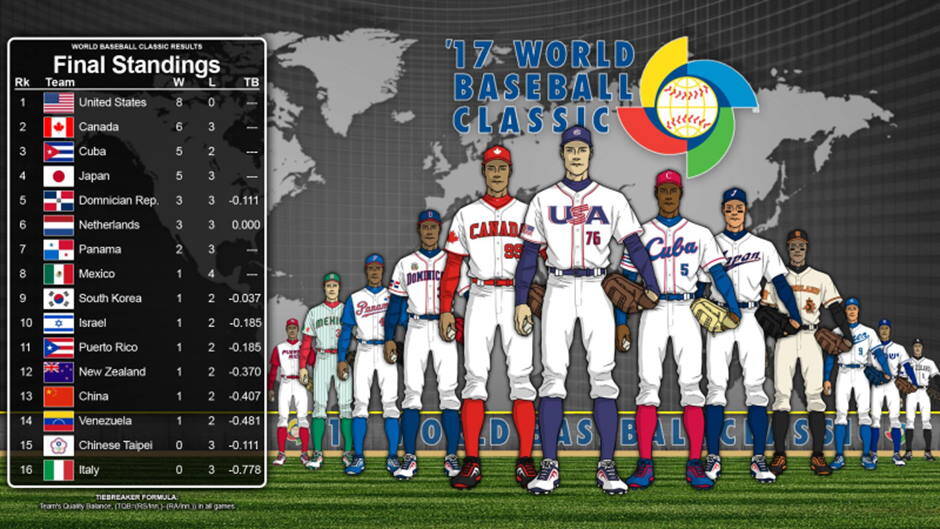 The biggest event in the Diamond Mind universe Is the Grand Open Tournament (GOT).
The biggest event in the Diamond Mind universe Is the Grand Open Tournament (GOT).
GOT XIV is bigger than ever, growing from 108 teams and 9 leagues in its previous iteration to a whopping 168 teams and 14 leagues this time around.
Round 1 of GOT XIV is now in the books, with the playoffs to come, and the 108 teams that will advance to Round 2 have been determined.
Topping all teams in Round 1 in the regular season was Chris Visser’s The Darkest Timeline with a 104-58 record. Leading the way for Timeline were CF Oscar Charleston (.304/31/117) and SP Jose Fernandez (23-8 2.61). In what should be a titanic LCS, Timeline squares off against GOT XIII champion Jay Knight’s Santa Clara Swamis.
The only other owner to head a team with more than 100 regular season wins was two-time GOT champion Andrew Bywaters ( MoreThan Conquerors101-61). Interestingly, Conquerors also was led by Charleston (.316/36/135).
Classic Salary Adjustment
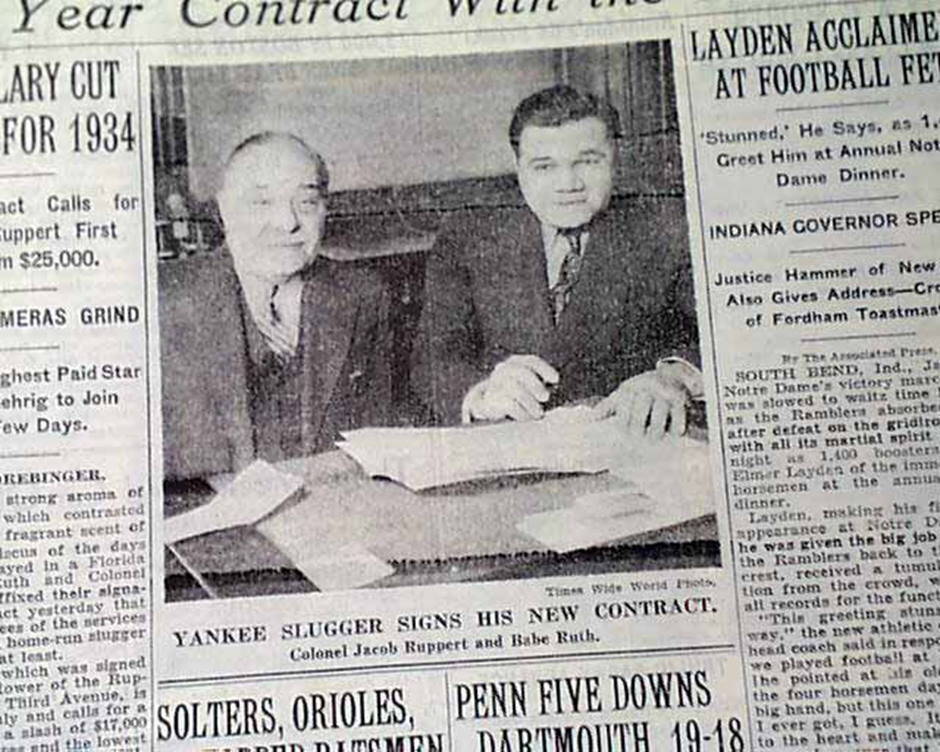 It was time once again in July to adjust the salaries of players in the “classic” player pool.
It was time once again in July to adjust the salaries of players in the “classic” player pool.
Salary adjustments are based on “supply and demand”. Data was drawn from standard and standard-like leagues to compare the usage of similarly-situated players.
The most used player in this sample was Dave Rozema, who appeared in 93 leagues. The most used player with a salary over $10 million was Al Kaline, who appeared in 75 leagues. This usage earned both of them hefty salary increases: from $4,899,000 to $7,046,000 for Rozema and from $16,907,000 to $19,187,000 for Kaline.
There were 165 players who did not appear once in the leagues sampled. The highest-salaried player in this group was Barry Larkin, whose salary has been cut as a consequence from $14,357,000 to the bargain price of $12,021,000.
In all 130 players saw their salary increase by at least $2 million, with Barry Bonds getting the biggest increase: $2,336,000, from $24,304,000 to $26,640,000 (and Ted Williams was right behind with a $2,315,000 increase, from $23,116,000 to $25,431,000). Just 16 players had that big a drop, the biggest being Mel Ott: $2,700,000, from $20,919,000 to $18,219,000.
Sean Burnett had the biggest percentage increase: 49.92%, from $1,941,000 to $3,876,000. Of players with a final salary over $2 million, Orlando Merced got the biggest percentage cut: 22.71%, from $2,513,000 to 2,048,000.
In all, 1,841 players got raises, 2,903 got cuts and 226 were unchanged. There are 295 players making the league minimum.
Babe Ruth remains the highest-salaried player in the game, but for the first time in nearly nine years his salary has dropped below $30 million: from $31,483,000 to $29,481,000.
2020 Projection Season-ZiPS is Here
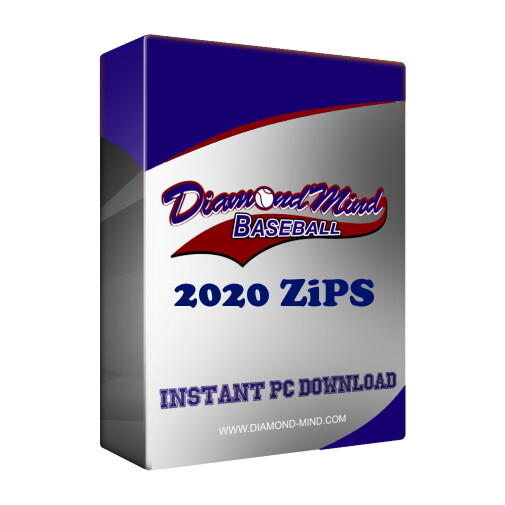
The Projected 2020 season is now available for the both the PC and Online versions of Diamond Mind. For those of you not familiar with our projections, each player’s performance rating is based on the highly-regarded “ZiPS” projection algorithms developed by ESPN and Fangraphs analyst Dan Szymborski rather than being based on the real season’s statistical performances, which obviously is not happening right now. So, what you will see in your player searches is how the ZiPS system projects those players would likely have performed in 2020 had there been a full 2020 season.
- Learn More About the:
Walk It Off
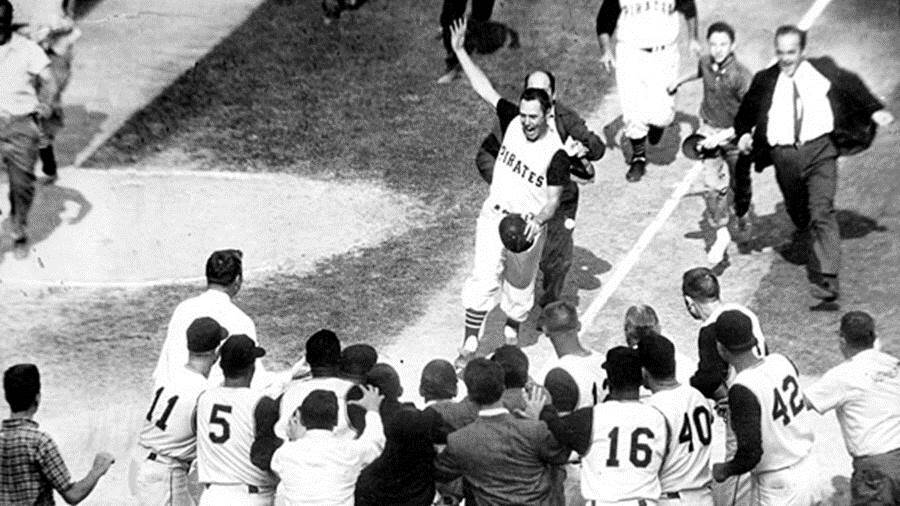 The 1960 World Series has been the only one decided by a walk off home run. Bill Mazeroski’s blast propelled a very ordinary hitter with a pretty good glove (described by Jay Jaffe in The Cooperstown Casebook as “a statistical dead ringer” for Frank White) into the Hall of Fame.
The 1960 World Series has been the only one decided by a walk off home run. Bill Mazeroski’s blast propelled a very ordinary hitter with a pretty good glove (described by Jay Jaffe in The Cooperstown Casebook as “a statistical dead ringer” for Frank White) into the Hall of Fame.
Here at Diamond Mind, Jesse Barfield recently matched Mazeroski’s feat, winning the World Series in the 1984 AL GM (SSG) league for Dan Simmons’s 1984 Toronto Bluish Jays with a dramatic 13th inning walk off home run.
There have been some incredible 9th inning comebacks in major league history, none more so than the Tigers – on April 24, 1901 in the first game they ever played in the fledgling American League – scoring 10 runs in the bottom of the 9th inning to overcome a 13-4 deficit, capped by Frank Dillon’s walk off double, his fourth of the game.
But that effort pales in comparison to the feat pulled off by Jeremy Beard’s Cincinnati Reds in the Wheeling 2019 National League. The Reds, trailing 17-4 going to the bottom of the 9th inning, scored 14 runs after two were out to capture an improbable (what an understatement!) 18-17 victory, with Nick Stenzel lining a bases-loaded double to apply the final coup de grace.
The Tipping Point
Each month we’ll offer a few tips in this space that may come in handy for the beginner as well as the experienced team owner.
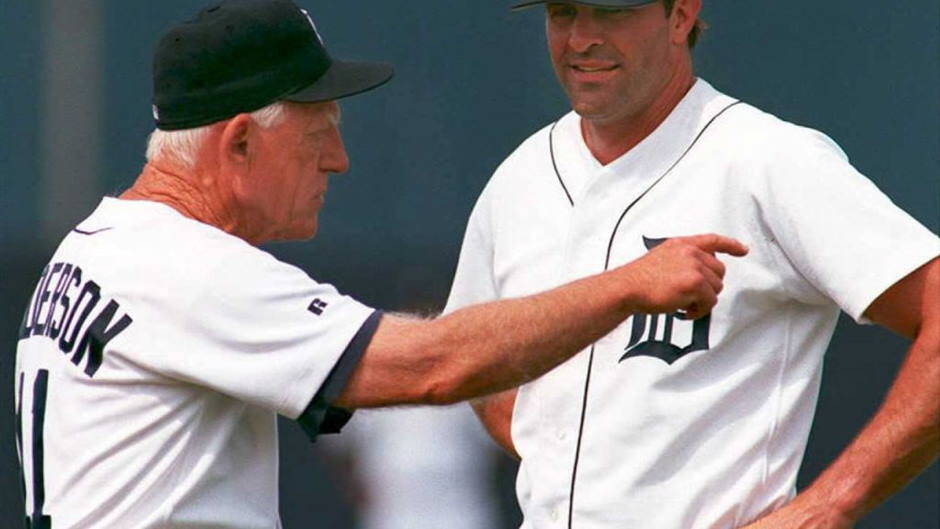 Managing plate appearances (PA) and innings pitched (IP) in single-season leagues with the Playing Time Limitation (PTL) system is perhaps the most challenging … and entertaining … aspect of constructing and managing teams in single-season (SSG) leagues.
Managing plate appearances (PA) and innings pitched (IP) in single-season leagues with the Playing Time Limitation (PTL) system is perhaps the most challenging … and entertaining … aspect of constructing and managing teams in single-season (SSG) leagues.
There is one essential principle that should guide you in this task: do not pay for PA or IP that you won’t use. As the end of the season approaches, the remaining PA for your starting players and the IP for your main pitchers all should be nearing (without reaching) zero.
Depending on the PTL parameters of your particular league, there are ways to optimize your player selection:
Variable PTL %
“Standard” PTL is 110%: players are allowed 110% of actual PA or IP before they “pumpkin”. But many leagues raise this percentage, for example, to 120%.
Player salaries are based on the production they will provide if used to their full extent, assuming standard PTL. That means, in a league where PTL is set higher than the standard 110%, the additional PA or IP your players are allowed are, essentially, “free”.
That’s great for players who were less than full-time. If a player exceeded, say, 650 PA or 260 IP in real life, chances are you will never use some or all of those extra PA or IP you’ll be getting. But a player with, say, 575 PA or 230 IP, who you’d be concerned in a standard PTL league wouldn’t be able to go the distance over a full season, is a great value in these circumstances. This is particularly so if injuries are off in the league, and the reason that player got fewer PA or IP is due to injury. (A “discount” is applied in calculating player salaries for a prone or fragile injury rating; a “premium” is applied for an “iron” rating).
Keep in mind, however, that whatever PTL is set for the regular season, the post season PTL will always be 10% of real PA or IP for each playoff series.
PTL on splits
In a league where PTL on batting splits is on, players are allowed 150% of their PA v R and 200% of their PA v L before they “pumpkin” from that side. If the overall PTL is increased, these split percentages increase proportionately as well. So, for example, in a league with overall PTL increased from 110 to 120% and PTL on splits on, the PTL v R is increased to 164% and v L to 218%.
Of course, if PTL on splits is OFF for your league, then you can use the full allowance of a player’s PA in a platoon capacity. This can be particularly valuable if he did exceptionally well against SAME side pitching in limited PA. There are many L batters who had only a small proportion of their PA v L. If they put up great numbers in those few PA, and were quite ordinary v R, their salaries will be modest, but all those mediocre PA v R can be unleashed v L if PTL on splits is turned off.
Even if PTL on splits is on, players like this can be very economical to use. The proportion of a player’s salary that you get back on his release is equal to his remaining PTL percentage. So take, for example, a hitter who had 200 real-life PA, but just 30 PA v L, who was great v L and terrible v R. His salary will be calculated on the assumption that, of his PTL total of 220 PA, the maximum number (60) would be used v L. You can use his PA v L, then cash him in, and get over 70% of his salary back.
Keep in mind that if a player had less than 20 PA v L or R, additional “replacement level” PA will be added to bring the total number up to 20. Keep in mind also that even if PTL on splits is on in your league, it ceases to apply in the playoffs.
Plan your upgrades
In a league using the “classic” (career-rated) player pool, it’s a common tactic to accumulate your weekly income payment and interest to spend on late season “impact” additions like a top-of-the-rotation ace or middle-of-the-order slugger. In SSG leagues, this is not an optimal strategy, as most of the PA or IP of such players won’t get used. You need to have a plan before the season starts to get maximum usage, and impact, from your upgrade money.
Much will depend on the way upgrade money is distributed over the season. In SSG leagues it is typical for the biggest upgrade payments to be around the middle rather than at the end of the season, undoubtedly with a view to allowing the addition of one or more star players at a point in the season when you can still take more or less full advantage of them.
Ideally, such midseason additions, if starting pitchers, have around 150 IP; if relievers, around 40 IP; if batters, around 350 PA, give or take. Players who did exceptionally well in that amount of playing time will still be reasonably affordable, compared to players with comparable stats who played a “full” season, because of their lower PA/IP, but still have enough PA/IP (applying the postseason 10% PTL) to play a full seven-game playoff series (should you get there!)
So that leaves you with a few smaller payments later in the season. To get maximum advantage of those payments, you can fill some roles on your team with players with enough PA or IP to get you through week 6, 7 or 8, then use this money to sign high performance, low PA/IP players to take you the rest of the way, even giving you an added performance boost for a final push to the playoffs.

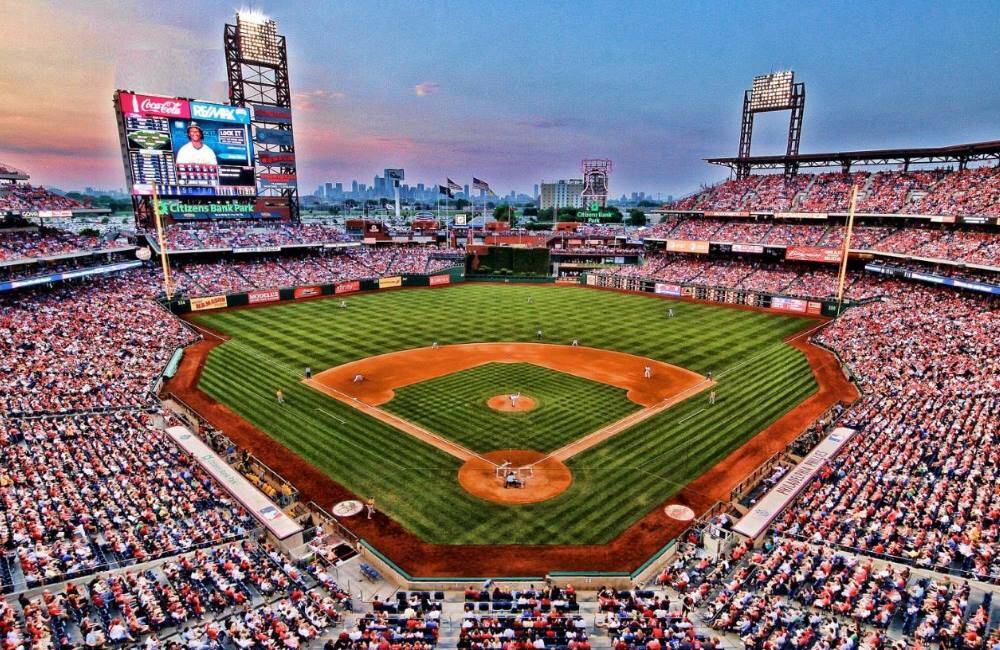
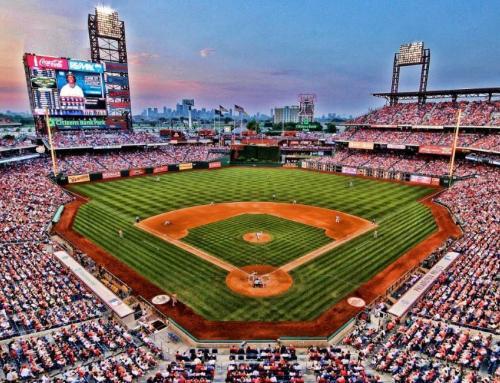
I do enjoy the classic on line leagues. There are a couple of seeming inconsistencies. One is errors and I understand that fielding can be like hitting when players may “slump”. I currently am fielding a team with either excellent, or very good defensive players at every position except second base. Yet I struggle to field a team with a range factor above 7. The other, and again I realize that baseball has variances are hitters who come in 30 or 40 points below there career sim average and other with far less power. If a player has a SIM batting average of .270 it is ridiculous that after fifty or sixty games he is hitting in the low 200’s. I know perfection is impossible, but it seems that these two areas could be improved.
Does the ballpark affect infield defense at all? I would think the newer parks would play easier for infielders. But perhaps the ratings do not go that deep. Also the old times wore ancient gloves and on top of fielding on inferior infields.